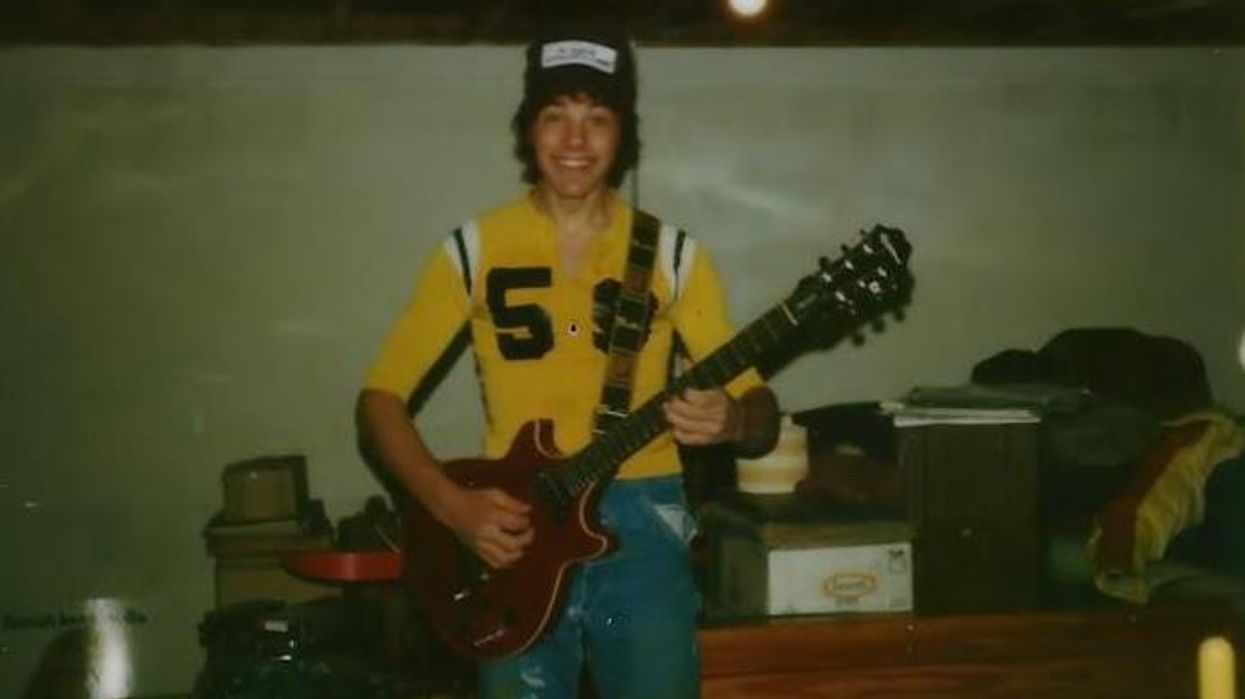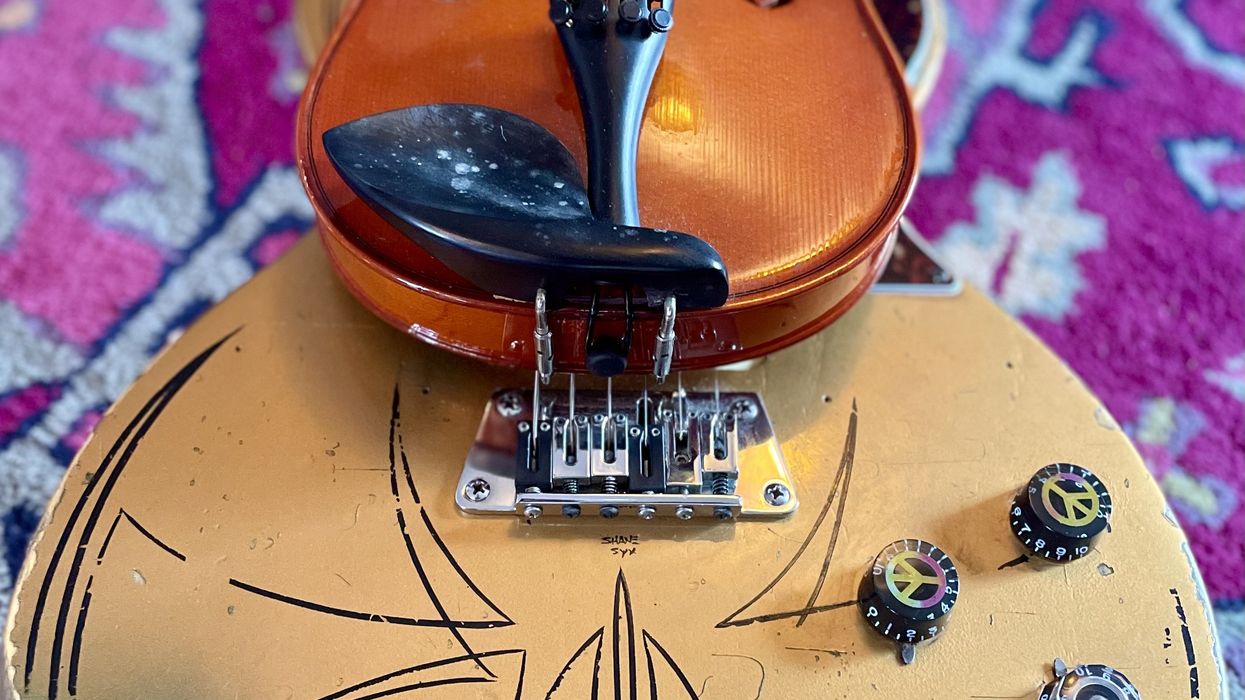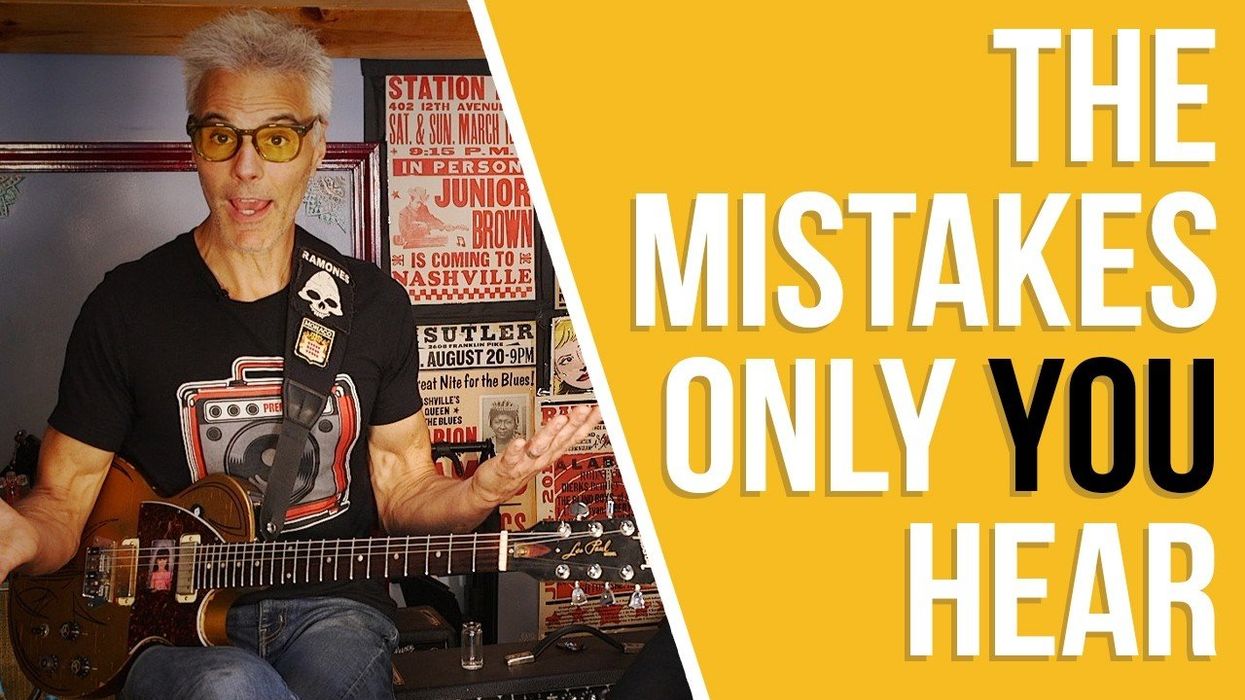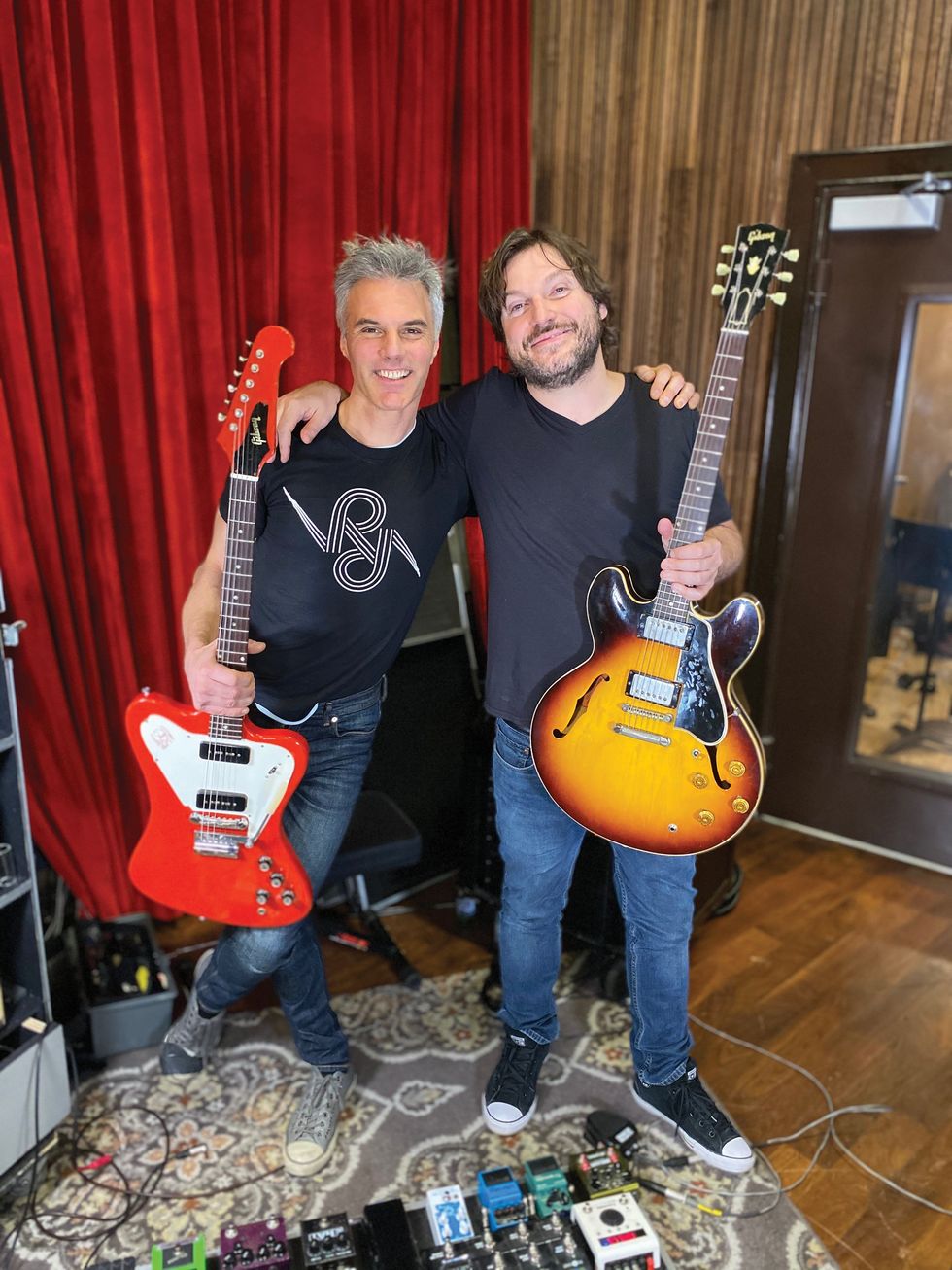I’ve partaken in a fair number of interesting musical discussions over the years. I’ve had friends assail the Cult’s Sonic Temple as the ancestor of Nickelback. Peers have explained how Corey Hart’s “Sunglasses at Night” is simply a pre-mashup collage of “Sweet Dreams (Are Made of This)” and “Beat It.” A professional songwriter who loves Billy Joel points out which artists Joel was consciously or unconsciously ripping off even as he defends him: “Big Shot” is his take on the Rolling Stones, “It’s Still Rock and Roll to Me” is the Cars, the entire second half of The Nylon Curtain might as well be John Lennon, and so on.
I’ve made two arguments to which I’ve received the most blowback. The first was that Tom Scholz’s guitar playing on the first Boston album is superior to anything Neal Schon or Carlos Santana was doing at the time, and that his innovations for rock guitar tone are only surpassed by those of Jimi Hendrix and Eddie Van Halen. The first point is admittedly subjective: I like the riffs, I find the lead lines and harmonies tuneful, and so on. A collaborator described Scholz’s work as “analog spreadsheets,” and I enjoy them even as Scholz probably hears gaffes from his imperfect human hands, and the incredibly high notes Brad Delp sung were only a minor third shy of what Scholz envisioned. I’d wager that if Boston had recorded in the modern Pro Tools era, Scholz would’ve computer edited his work to a mathematically perfect horizon of complete sonic distillation. Heck, with 3-D printing he might’ve even created and programmed androids to perform to his standards. But all those caveats lend credence to the second part of my proposal—a matter of both evidence and reflection. Scholz developed the technology that became the Rockman—the Lucy of direct-in amp-emulation hardware and software that was alien to its time and is taken for granted now. As a guitar player who either mods or makes most of his gear, how could I not respect Tom Scholz?
The second dangerous argument was that I prefer Bonnie Raitt’s slide playing to Duane Allman’s. I understand that a certain demographic finds this blasphemy. Pre-internet, the narratives of popular music were curated by Jann Wenner and a generation of Rolling Stone, Rock and Roll Hall of Fame, and “Clapton is God” hagiographers anchored to some key myths: the apex of rock is Woodstock, its nadir is Altamont, everything past the mid-1970s is epilogue, and so on. In fairness, Allman really could play and he tragically passed away at 24 years old.
Across genres and mediums, our culture reveres youthful death for artists. Their nascent works are suddenly elevated for their scarcity, while their unfulfilled potential defaults to “limitless” and is preserved in amber. Combine those details with how the current market of electric guitar players is roughly 90 to 95 percent male, and how it’s generally easier for us to identify with and admire people who are or were like us, and I get how my comment yields disbelief. (Ladies, bless you. And guitar playing, like most parties, needs more of you.)
But my appreciation for Bonnie Raitt goes beyond contrarian impulse. Along with being an absolutely marvelous singer (the oral history of “I Can’t Make You Love Me” on Stereogumis a must read), I’ve always admired her concise and expressive slide playing, from “Sugar Mama” to “Something to Talk About.” I once called this “jewel-thief” lead playing, where you come in, get out, let it be known that you were there, but don’t trash the place or overstay your welcome.
I would take this a step further for players like Raitt and call it “Girl Scout Campsite” playing, where you leave the song in even better shape than you found it. When it’s a song you know by heart, you look forward to those parts as much as any lyric delivered by the singer. And because Bonnie Raitt has devoted herself to a lifetime of playing and performing, fronting a band, developing a singing voice both literally and, figuratively, on a 6-string, and delivering some Mike Campbell-levels of Girl Scout Campsite lead playing, it adds up to some basic calculus: I prefer her slide playing to almost anyone else’s—even short-lived icons who’ve been reborn as gods.
So what does this have to do with effects? This is “State of the Stomp.” You came here for me to tell you about MIDI loopers, delay subdivisions, and how your favorite overdrive pedal sucks. Simply put, instead of dialing your “wet/dry” effects balance down to some inoffensive idea of “tasteful,” approach decisions of taste like the campsite. Is your use of this effect going to leave the song better? Could dialing up more speed and depth on your modulated effects make things otherworldly like “Black Hole Sun?” Would you try some outlandish pitch shifting like the lead break in “Owner of a Lonely Heart?” Is your wah-wah just a wankish diversion, or can you use it to elevate things the way Slash does to make lines sing more? Try approaching the songs with the intention of leaving them in even better shape than they were when you found them, and use your effects not to create a sound, but towards that purpose.


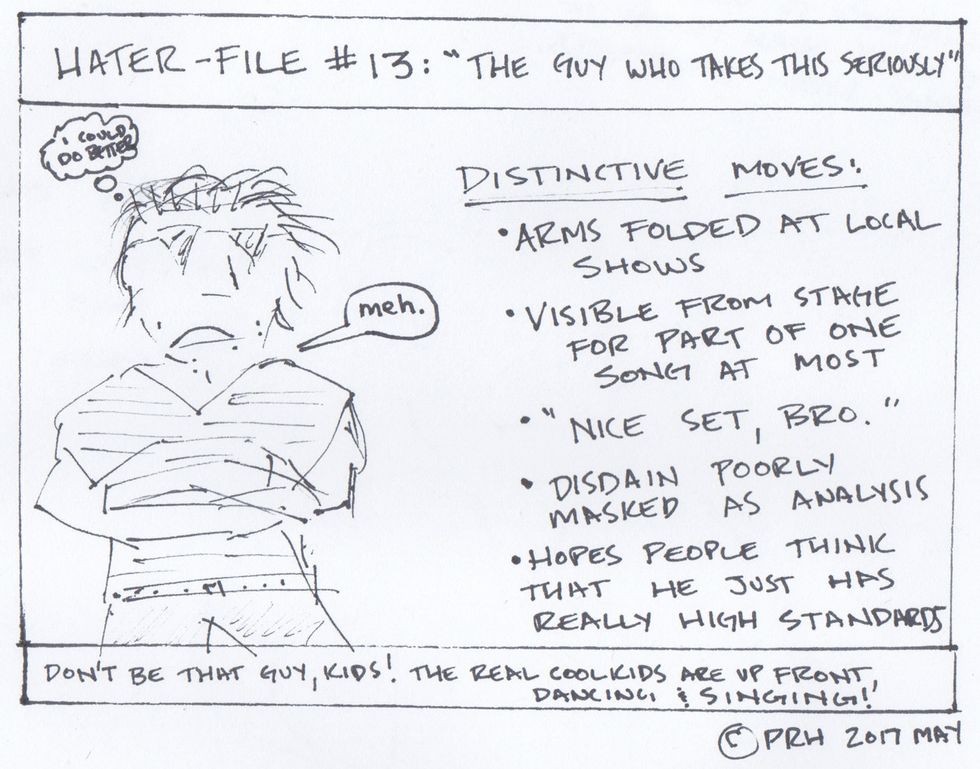









![Rig Rundown: Russian Circles’ Mike Sullivan [2025]](https://www.premierguitar.com/media-library/youtube.jpg?id=62303631&width=1245&height=700&quality=70&coordinates=0%2C0%2C0%2C0)



